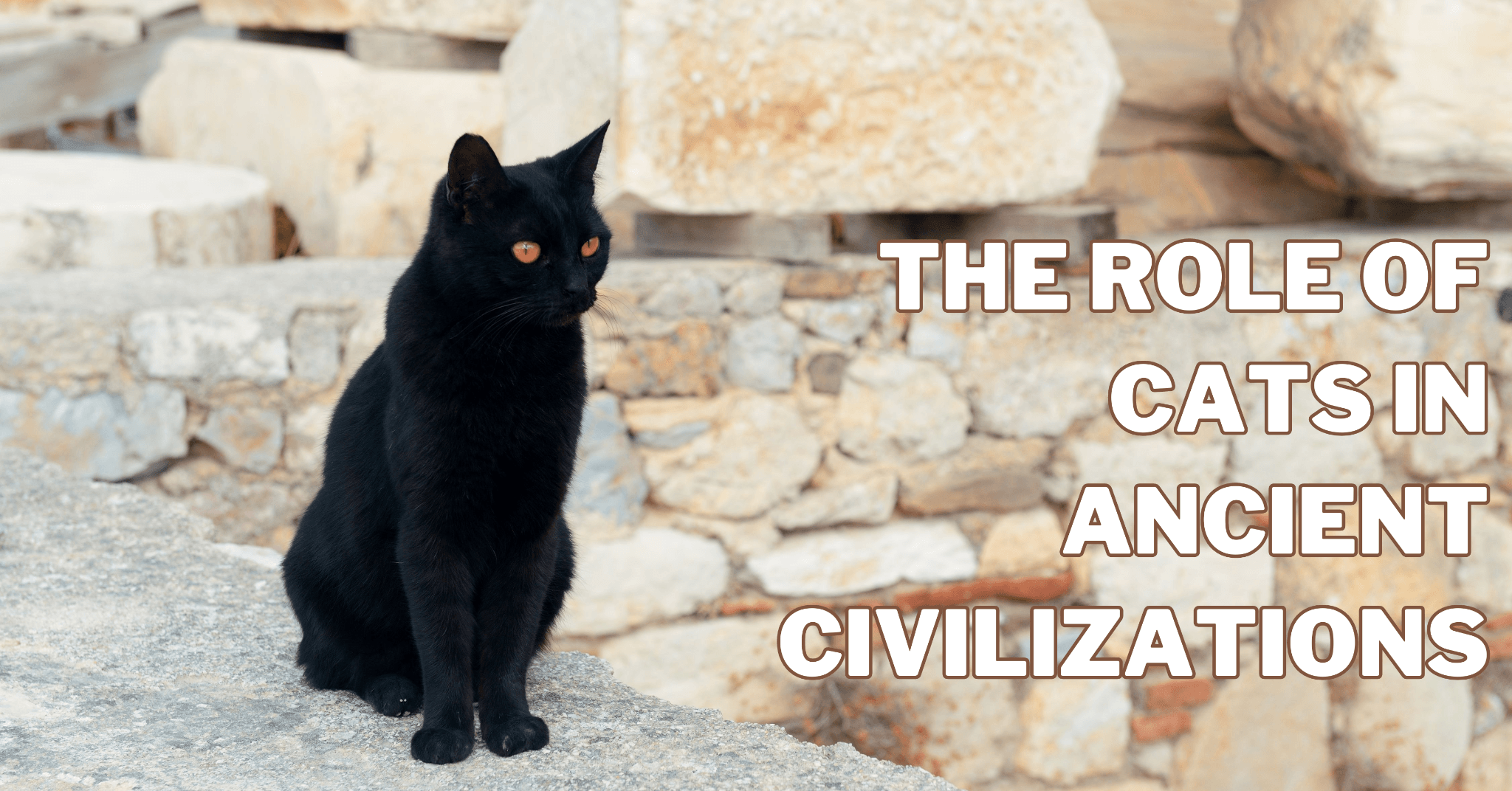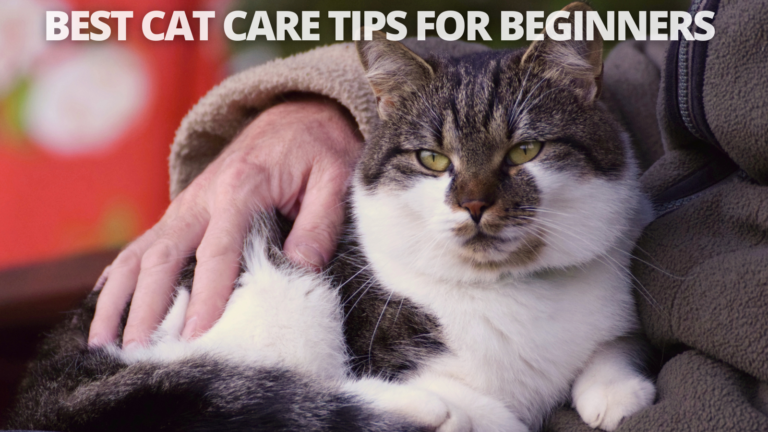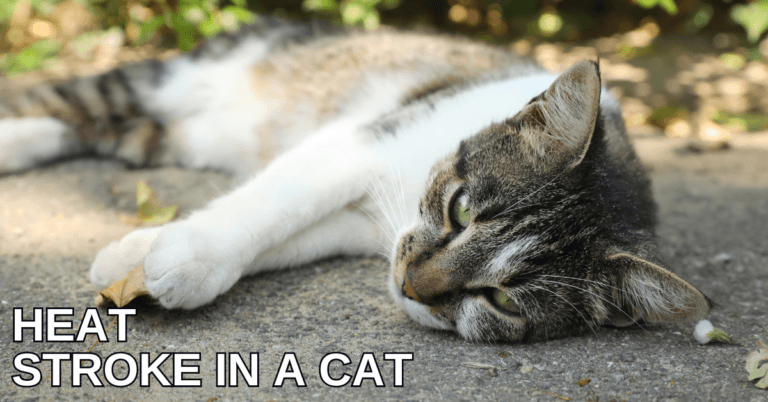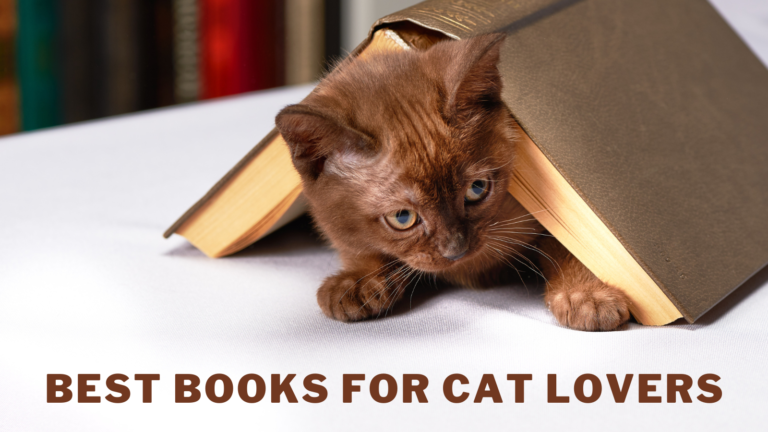The Role Of Cats In Ancient Civilizations
The Role Of Cats In Ancient Civilizations
With their enigmatic and independent nature, cats have been intriguing companions to humans for thousands of years.
Unlike many domesticated animals, cats seemingly walk a fine line between the wild and the domestic, which has led to their captivating allure throughout history.
From the majestic temples of ancient Egypt to the cozy households of the Mediterranean, cats have played a significant role in various ancient civilizations.
Revered as sacred creatures, feared as protectors, and cherished as beloved companions, the role of cats in these early societies goes far beyond mere superstition.
Exploring the profound impact cats had on ancient civilizations unveils the practical roles they fulfilled and the deep cultural, religious, and even mystical significance they held in people's hearts.
This article delves into the intriguing history of cats, tracing their journey from revered beings to beloved pets, and sheds light on the fascinating ways they intertwined with the lives of our ancestors in the distant past.
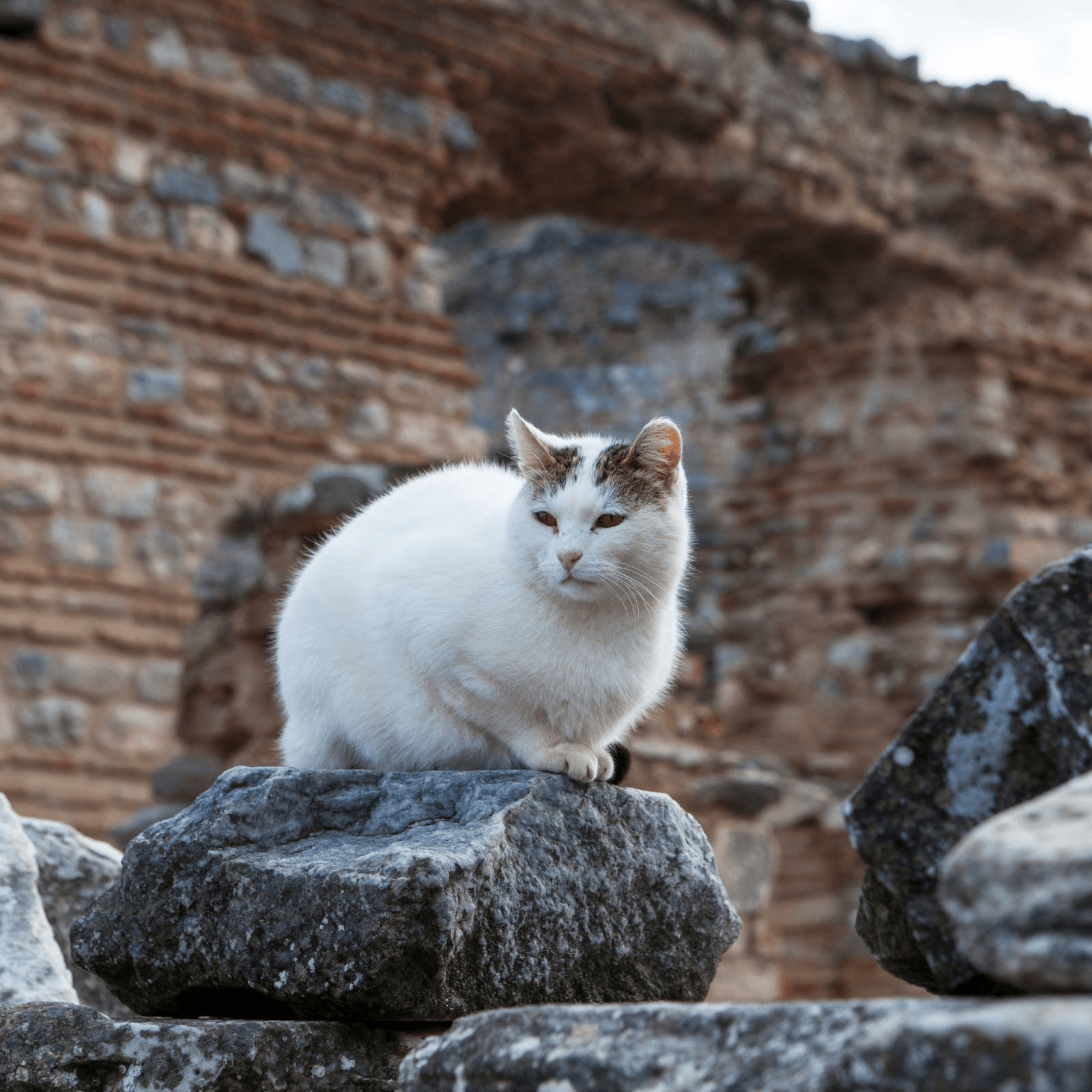
1. Cats In Ancient Egypt
In ancient Egypt, cats held an esteemed and sacred position in society. Their significance is intertwined with religious beliefs and cultural practices.
One of the most prominent roles of cats in ancient Egypt was their association with the goddess Bastet, often depicted with the head of a lioness or a domestic cat.
Bastet was the goddess of home, fertility, and protection; cats were believed to be her earthly incarnations.
As the embodiment of Bastet, cats were revered and pampered, and harming or killing a cat, even accidentally, was considered a grave offence punishable by law.
Cats' protective qualities were highly valued, making them integral guardians of homes and temples.
Egyptians believed cats could ward off evil spirits and protect their dwellings from harm. It was common for households to keep cats as cherished companions and fierce protectors.
In temples, cats enjoyed a lavish lifestyle, receiving abundant food, care, and reverence from priests and devotees alike.
The veneration of cats reached its zenith during the New Kingdom period when they were frequently depicted in artwork and artifacts. Cats' images adorned amulets, jewelry, and tomb paintings, symbolizing protection, good fortune, and prosperity.
In times of war, Egyptians even believed that having cats on the battlefield brought victory and success. The bond between cats and ancient Egyptians was profound, extending beyond mere superstition.
Cats were integral to daily life and played a crucial role in shaping the spiritual and cultural fabric of one of the world's most fascinating civilizations.
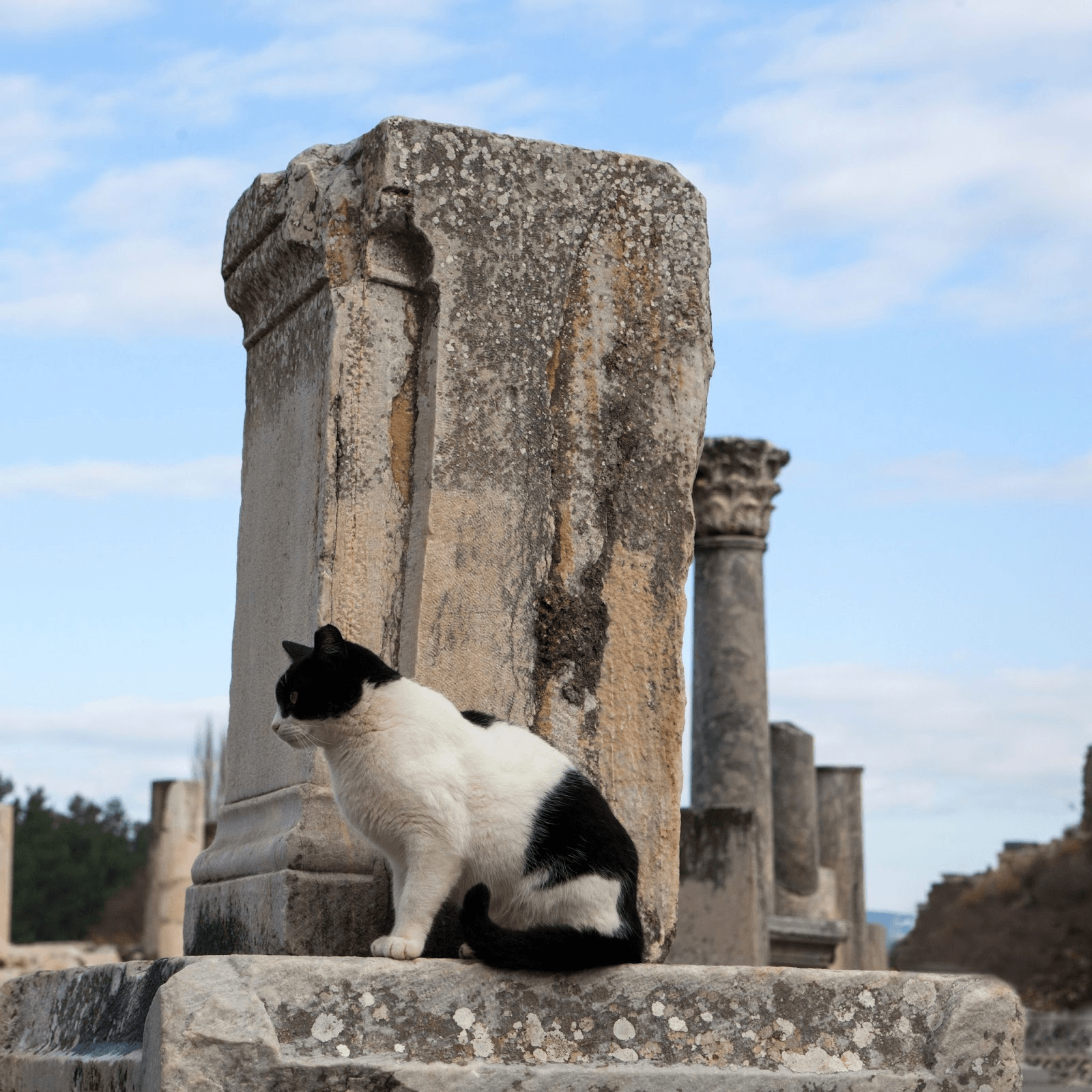
2. Cats In Ancient Greece And Rome
In ancient Greece and Rome, cats held multifaceted roles encompassing symbolic and practical significance.
In Greek mythology, cats were often associated with the goddess Artemis, who embodied the characteristics of independence, agility, and cunning, much like the feline creatures themselves.
Cats were revered for their grace and poise, and their presence was believed to bring good luck and protection.
In Rome, cats were also connected to various deities, most notably the goddess Diana, who shared many similarities with the Greek goddess Artemis.
Romans admired cats for their hunting skills and ability to keep vermin at bay. As Rome expanded, so did the need to control pests in urban environments, and cats became valued allies in maintaining cleanliness and preventing the spread of disease.
In addition to their symbolic roles, cats were commonly kept as pets in ancient Greece and Rome.
Wealthy families often pampered their feline companions, providing them comfortable accommodations and luxurious treats.
Cats were appreciated for their companionship and entertainment value, and they frequently appeared in Roman art and literature.
Despite their revered status, there were instances of cats being associated with witchcraft and superstitions in both cultures.
In certain circumstances, cats were considered to possess mystical powers or witches' familiars, leading to suspicion and fear.
Cats in ancient Greece and Rome played diverse roles, from symbolic representations of gods and goddesses to practical vermin hunters and cherished companions.
Their presence in these ancient civilizations enriched the cultural landscape and left an indelible mark on humanity's imagination.
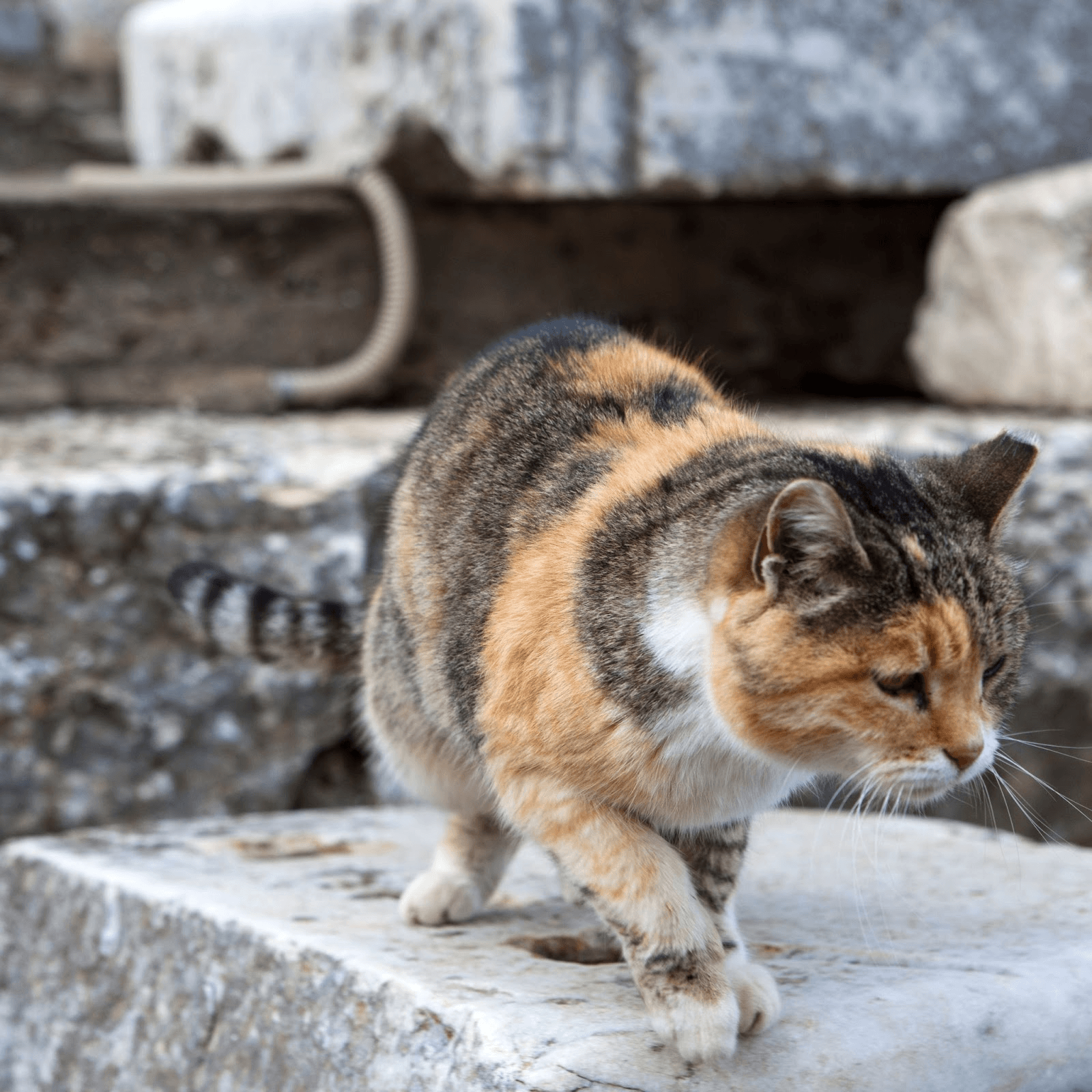
3. Cats In Mesopotamia
In the ancient civilizations of Mesopotamia, cats had a significant and mystical presence. They were revered for their perceived special powers and association with deities.
Mesopotamia, often called the cradle of civilization, encompassed the region between the Tigris and Euphrates rivers, where modern-day Iraq, Kuwait, and parts of Iran, Syria, and Turkey now lie.
In Mesopotamian culture, cats were believed to possess supernatural abilities, and their mysterious and enigmatic behaviour only furthered this perception.
They were associated with various deities, and it was common for people to view cats as earthly manifestations of powerful gods and goddesses.
In particular, the goddess Ishtar, associated with love, fertility, and war, was often depicted alongside lions and cats, symbolizing her fierce and protective nature.
The ancient Mesopotamians believed cats could ward off evil spirits and protect homes from malevolent forces.
It was customary for families to keep cats in their households to safeguard their dwellings and bring good fortune.
Cats' association with protection and their role in controlling vermin also made them valuable assets to farmers and traders in safeguarding crops and goods from pests during this early agricultural era.
Cats in Mesopotamia were admired for their supernatural qualities and featured in their artwork, sculptures, and religious rituals. Their images adorned amulets and jewelry, serving as talismans for protection and blessings.
The presence of cats in ancient Mesopotamia as symbols of divinity and protectors of homes and crops left an indelible mark on the culture and spiritual beliefs of the time.
Their association with deities and their mysterious aura contributed to the enduring fascination and reverence for cats that transcends millennia.
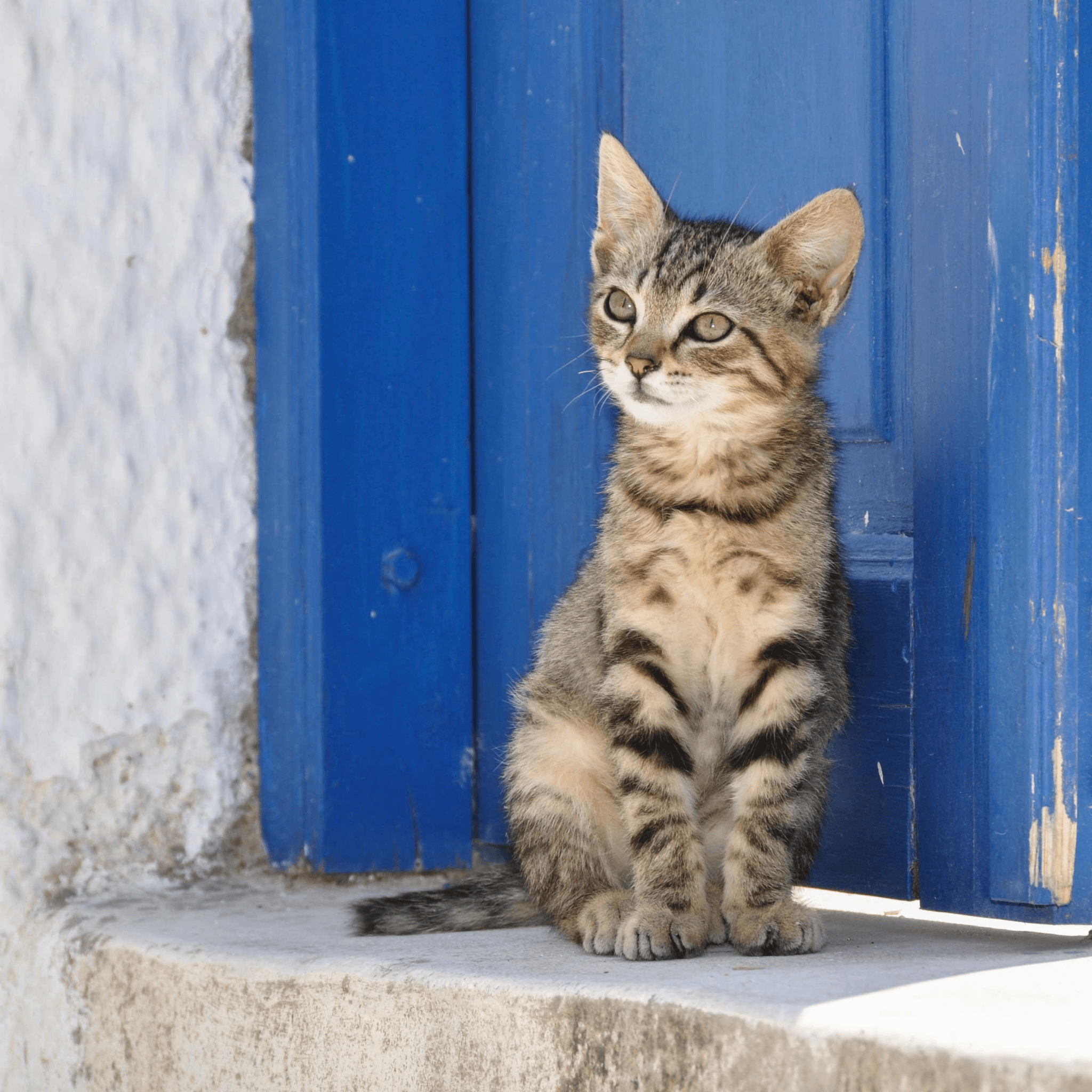
4. Cats In Asian Civilizations
In ancient Asian civilizations, cats played prominent and varied roles, with their significance deeply embedded in both Chinese and Japanese folklore and art.
In China, cats were revered for their elegance and agility, often associated with good luck and prosperity.
The concept of the “lucky cat” or “Maneki-neko” originated in China before becoming a popular symbol in Japanese culture.
According to folklore, the Maneki-Neko, a cat figurine with one paw raised, is believed to bring good fortune and beckon prosperity to its owner.
In Japanese folklore, cats held a more mystical and transformative role. The “bakeneko” and “nekomata” were mythical cat creatures capable of shape-shifting into humans or displaying supernatural powers.
These cat spirits were revered and feared, with stories of their enchanting abilities and mysterious nature woven into traditional Japanese tales.
Cats also found their way into the art of both civilizations. In Chinese art, cats were often depicted as elegant and graceful beings, symbolizing beauty and charm.
In Japanese art, cats were featured in paintings, woodblock prints, and ceramics, portraying their playful and mischievous traits.
The artistic representations of cats showcased the reverence and fascination these creatures held in people's hearts.
The roles of cats in ancient Asian civilizations reflect the cultural significance and enduring fascination with these enigmatic creatures.
From symbols of luck and prosperity to mystical beings in folklore, cats have left an indelible mark on the artistic and spiritual expressions of Chinese and Japanese cultures, enriching the region's cultural heritage.
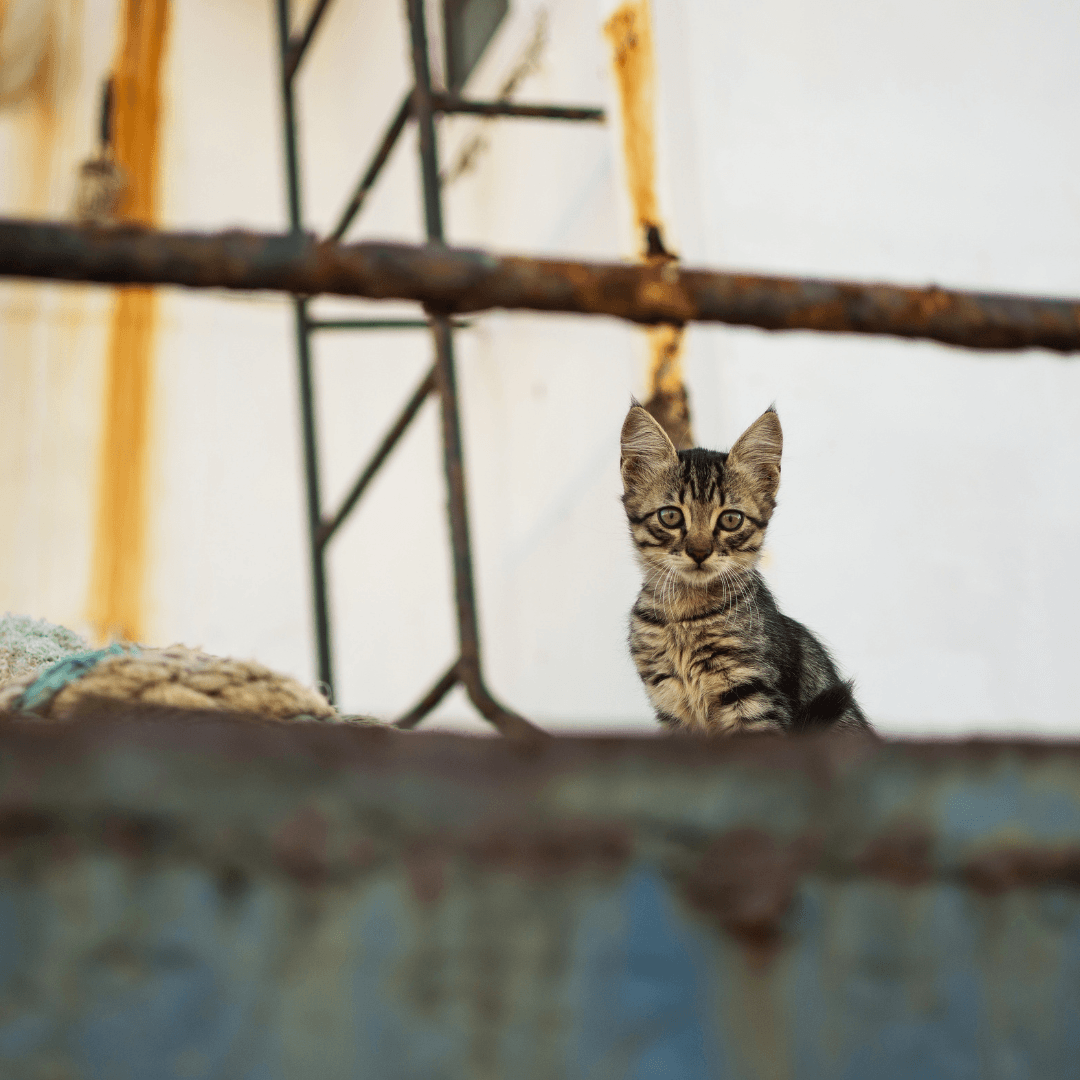
5. Cats As Ship Companions
In ancient maritime civilizations, cats became indispensable companions to sailors and traders due to their remarkable ability to control rats and pests on ships.
As sailors ventured across vast seas and explored distant lands, they faced numerous challenges, and one of the most significant was the presence of rats aboard their vessels.
Rats were notorious for gnawing through food supplies and damaging cargo, threatening the crew's well-being and the success of their voyages.
Recognizing the value of cats' hunting instincts and their prowess as vermin controllers, sailors began to welcome feline companions on their ships.
Cats' exceptional agility and keen senses made them highly effective at hunting and capturing rats, providing a natural solution to the infestations that plagued maritime expeditions.
Over time, the bond between sailors and their ship cats grew strong. Cats fulfilled a practical purpose in pest control and offered companionship and comfort to the sailors during long and arduous voyages.
Their presence on board was considered auspicious as it was believed to bring good luck and ensure safe journeys. Cats' role as ship companions extended beyond practicality, becoming embedded in maritime folklore and traditions.
Stories of brave and clever ship cats navigating treacherous waters alongside their human companions became popular legends among sailors.
Keeping cats as ship companions continued throughout various ancient maritime civilizations, leaving a lasting legacy of these enigmatic creatures' invaluable role in ensuring the success and safety of maritime expeditions.
Even today, the tradition of cats aboard ships endures in some maritime cultures, a testament to the enduring bond between humans and their feline allies on the high seas.
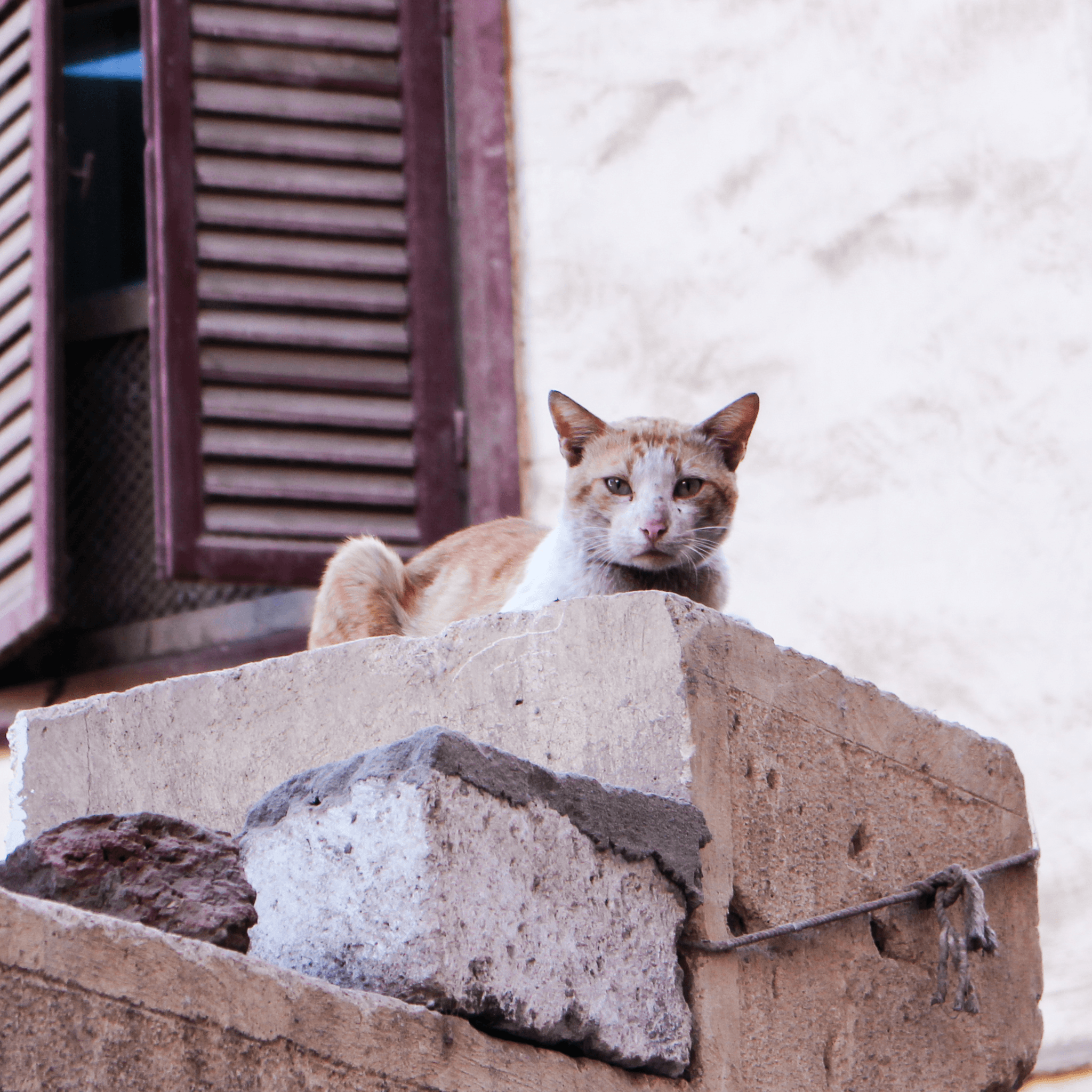
6. Cats As Symbols Of Luck And Protection
Throughout various ancient civilizations, cats were revered as symbols of luck, protection, and prosperity, leading to their depiction in amulets and talismans.
The notion of cats as auspicious beings can be traced back to ancient Egypt, where they were associated with the goddess Bastet, the protector of home and family.
Cats' ability to ward off evil spirits and pests contributed to their symbolism as protectors, and they were often seen as guardians of households and sacred spaces.
In ancient China, cats were also considered good luck and fortune symbols. The Maneki-Neko, or “lucky cat,” with its raised paw, became a popular talisman believed to attract prosperity and success to businesses and homes.
This beckoning cat figurine is often placed in shop entrances and homes to invite good luck and wealth. In Japanese culture, the Maneki-Neko came from China and became a beloved symbol of luck and protection.
The figurine is believed to bring good fortune and happiness to its owner, with different colours and paw positions signifying various blessings.
The influence of cats as symbols of luck and protection also extended to other ancient civilizations.
In Roman culture, cats were associated with the goddess Diana, adding to their protective qualities.
Cats' mysterious and independent nature contributed to their symbolism as bringers of luck and prosperity, a belief transcending geographical boundaries and time.
The depiction of cats in amulets and talismans allowed people to carry the essence of these auspicious creatures with them, providing a sense of security and well-being.
Even today, the tradition of incorporating cats into symbols of luck and protection persists, highlighting the enduring fascination and reverence for these enigmatic creatures across cultures and ages.
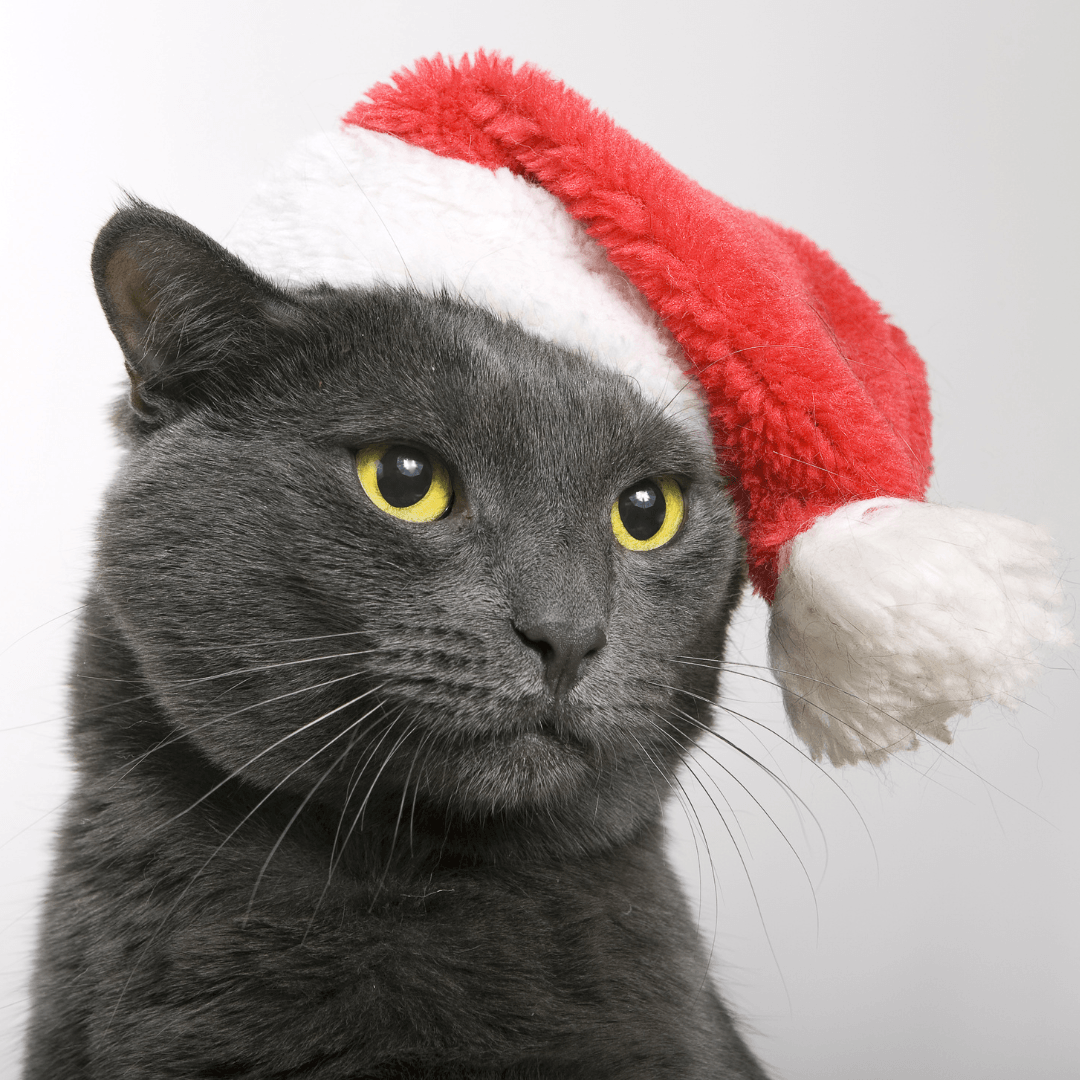
Cats In Religion And Rituals
Cats held a significant role in religious ceremonies and rituals of various ancient civilizations, where they were often revered and considered sacred beings with symbolic significance.
In ancient Egypt, cats were closely associated with the goddess Bastet, the feline deity of home, fertility, and protection.
They were believed to embody the qualities of the goddess, making them revered and often worshipped.
Cats were an integral part of religious ceremonies, where they received special offerings and were adorned with jewelry and amulets.
The act of mummifying cats after death was a common practice, and they were laid to rest in elaborate tombs as a sign of respect and devotion to the goddess.
In the religious practices of ancient Greece, cats were also associated with deities. The goddess Artemis, who embodied hunting and wilderness, was often depicted with a group of cats, symbolizing her connection to nature and affinity with these enigmatic creatures.
Cats were considered protectors of homes and temples, and their presence in sacred spaces brought a sense of security and spiritual significance.
In other ancient civilizations, such as in parts of Asia and the Middle East, cats were believed to possess divine qualities and were seen as guardians against evil spirits.
They were often included in rituals and offerings to seek blessings and protection for the community. The role of cats in religious ceremonies and rituals reflects the reverence and spiritual connection that ancient civilizations had with these mysterious creatures.
Cats' association with deities, their perceived divine attributes, and their protective qualities made them an integral part of religious practices, highlighting the profound impact these enigmatic creatures had on the spiritual beliefs and rituals of the ancient world.

Cats In Art And Literature
Cats have long been a source of fascination and inspiration in ancient art, literature, and artifacts, leaving an indelible mark on various forms of creative expression.
Cats were a recurring motif in ancient Egyptian art, symbolizing grace, mystery, and divinity. They were depicted in statues, reliefs, and paintings, often alongside goddesses like Bastet.
Cats were also featured in religious ceremonies, and their images adorned amulets and jewelry as symbols of protection and good fortune.
In ancient Greek and Roman art, cats appeared in mythology and literature. The goddess Artemis, associated with wild animals, was often depicted with a group of cats, emphasizing her connection to the animal kingdom.
Cats were also depicted in pottery and mosaics, showcasing their role as beloved pets and companions to humans.
In ancient Asian art, cats were celebrated in various forms. In Chinese art, the “lucky cat” or Maneki-neko became popular in paintings and sculptures as a symbol of prosperity and good luck.
In Japanese art, cats were depicted in woodblock prints and ceramics, capturing their playful and mischievous nature.
Cats also found their way into ancient literature and poetry. In Egyptian hieroglyphics, cats were referenced in poems and stories, celebrating their beauty and grace.
In Greek and Roman literature, cats were mentioned in myths and fables, depicting their various characteristics, from cunning to protectiveness.
Cats' presence in ancient civilizations' art, literature, and artifacts showcases the enduring fascination and admiration for these enigmatic creatures across cultures and time periods.
Their depiction in various creative forms highlights the deep cultural significance and symbolic meanings attributed to cats, making them an integral part of ancient civilizations' artistic and literary heritage.
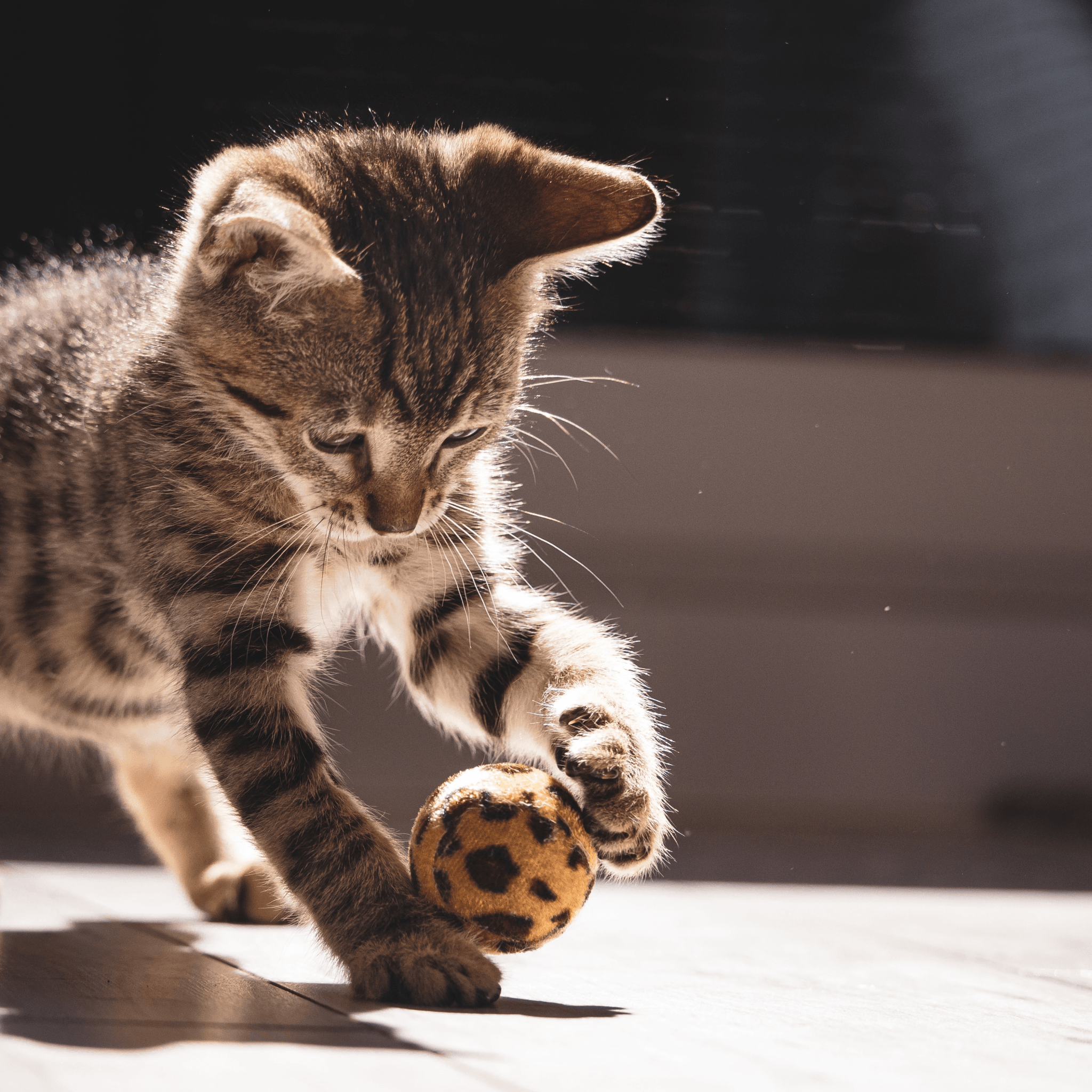
Modern-Day Reflections
The lasting impact of cats in ancient civilizations continues to resonate in our contemporary culture, where they still hold powerful symbolism and evoke enduring fascination in modern society.
The veneration of cats in ancient Egypt, for example, has influenced the way we perceive these creatures today.
Cats are often associated with grace, mystery, and independence, reflecting their esteemed status in ancient Egyptian society.
Cats' representation in art, literature, and popular media further exemplifies their enduring appeal. From classic literature like Edgar Allan Poe's “The Black Cat” to the beloved character of Garfield in comics, cats continue to capture our imagination and inspire creativity.
The internet phenomenon of “cat videos” and memes showcases the continued fascination with these enigmatic creatures in modern society, where they have become viral sensations and internet celebrities.
Moreover, the strong bond between humans and cats persists today. As pets, cats provide companionship, comfort, and emotional support, reflecting their historical role as beloved companions in ancient civilizations.
Cat cafés and shelters, which offer opportunities to interact with cats, have gained popularity worldwide, demonstrating the ongoing appeal and appreciation for these enigmatic beings.
From ancient temples to internet memes, cats continue to captivate our hearts and minds, leaving an indelible mark on our shared human experience.
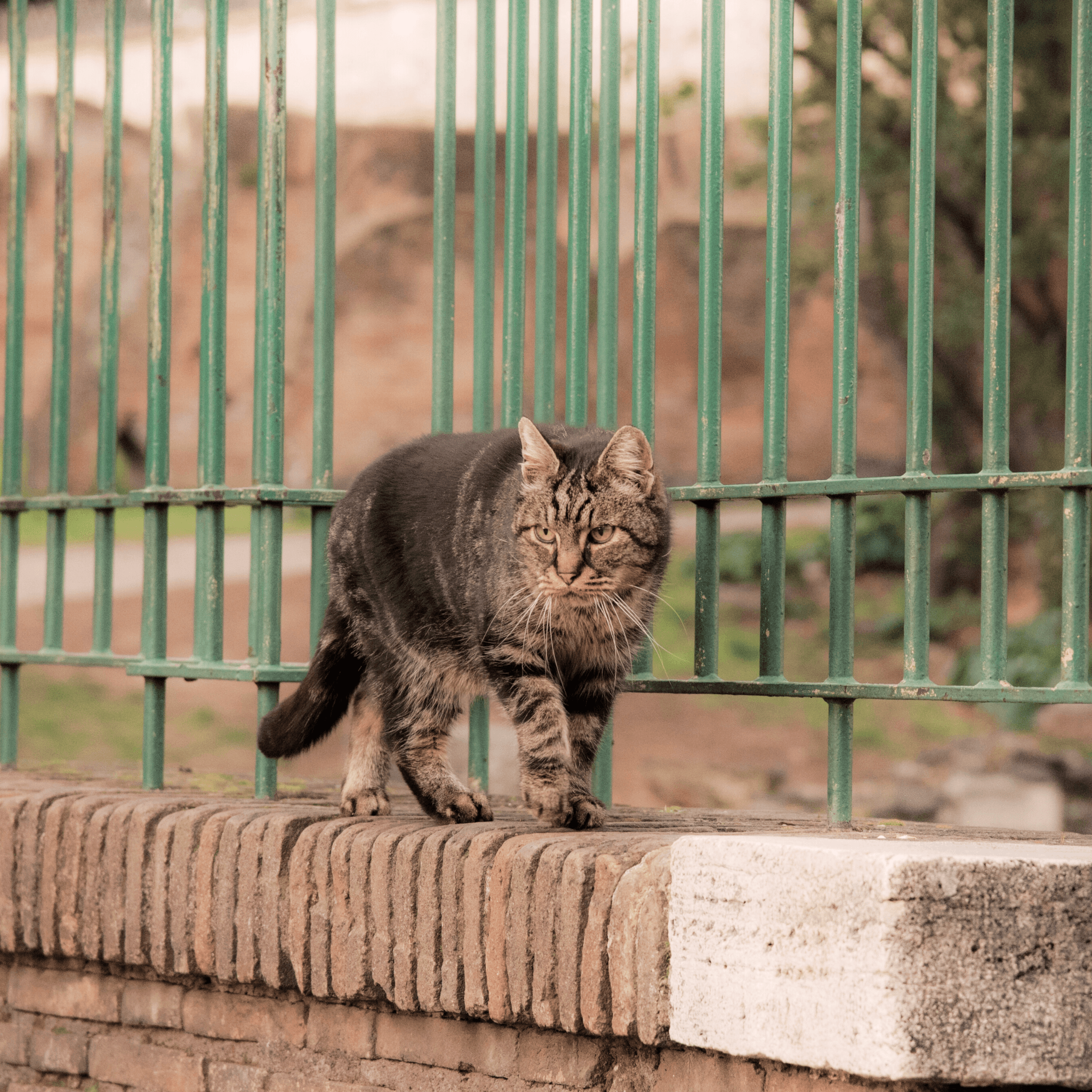
Conclusion
In conclusion, the role of cats in ancient civilizations was far-reaching and profound, leaving a lasting legacy that continues to influence our modern perception and admiration for these enigmatic creatures.
The fascination with cats that originated in ancient times remains prevalent in our contemporary culture. Cats continue to be cherished as beloved pets, offering companionship and comfort to millions of people worldwide.
Their playful antics and mysterious allure are celebrated in internet culture and popular media, making them internet celebrities and household names.
The enduring legacy of cats in ancient civilizations has fostered a deep appreciation for their grace, independence, and intelligence, which continue to captivate and inspire our modern society.
Through the ages, cats have remained steadfast in their place within the human heart, a testament to these fascinating creatures' enduring and timeless appeal.
I trust you enjoyed this article on The Role Of Cats In Ancient Civilizations. Please stay tuned for more blog posts shortly. Take care!
JeannetteZ
>>>Please click here to read my all-inclusive article about the Best Cat Care Tips For Beginners<<<
Your Opinion Is Important To Me
Thoughts? Ideas? Questions? I would love to hear from you. Please leave your questions, experiences, and remarks about The Role Of Cats In Ancient Civilizations in the comments below. You can also reach me by email at Jeannette@Close-To-Nature.org.
Disclosure
This post may contain affiliate links. As an Amazon Associate and other affiliate programs, I earn from qualifying purchases at no extra cost to you. Please read my full affiliate disclosure.
You might also enjoy these blog posts:
Best Senior Cat Care Tips And Advice
Best Tips For Maintaining A Healthy Coat In Horses

